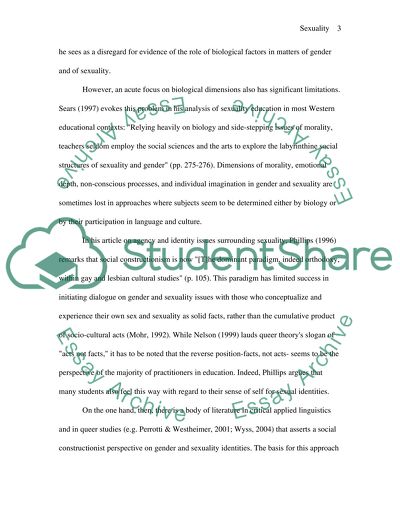Cite this document
(“Sexuality Research Paper Example | Topics and Well Written Essays - 2750 words”, n.d.)
Retrieved from https://studentshare.org/family-consumer-science/1415536-sexuality
Retrieved from https://studentshare.org/family-consumer-science/1415536-sexuality
(Sexuality Research Paper Example | Topics and Well Written Essays - 2750 Words)
https://studentshare.org/family-consumer-science/1415536-sexuality.
https://studentshare.org/family-consumer-science/1415536-sexuality.
“Sexuality Research Paper Example | Topics and Well Written Essays - 2750 Words”, n.d. https://studentshare.org/family-consumer-science/1415536-sexuality.


